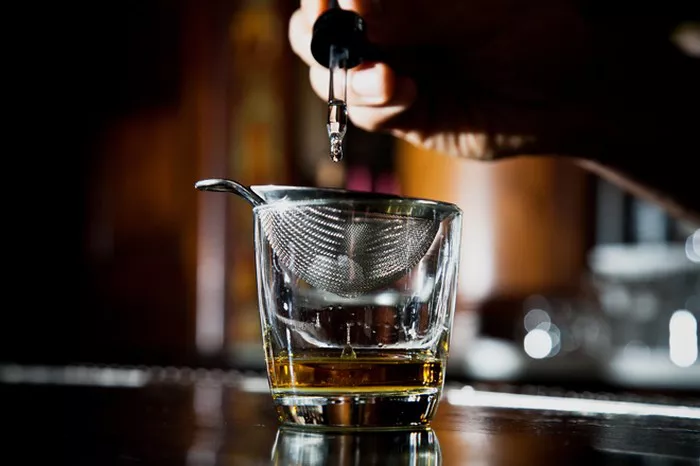As the holiday season brings festive gatherings and indulgent meals, many also partake in alcohol consumption. However, heavy drinking isn’t confined to special occasions or young adults—middle-aged drinkers are increasingly engaging in a more hazardous pattern of alcohol use.
While binge drinking—defined as consuming four or five drinks in two hours—has long been a concern, researchers are now focusing on a more dangerous drinking habit: high-intensity drinking. This behavior involves consuming eight or more drinks for women and 10 or more for men in one sitting, and it carries significantly higher risks than binge drinking.
The Rise of High-Intensity Drinking
Binge drinking rates have remained steady across young adults and middle-aged groups. However, the pattern has shifted. While young people, particularly young men, are binge drinking less, middle-aged adults are drinking more in single sessions. This shift has resulted in an increase in high-intensity drinking among certain demographic groups.
The term “high-intensity drinking” emerged as researchers recognized the dangers associated with drinking significantly more than the typical binge drinking threshold. This shift followed studies from Henry Wechsler at Harvard University, who in 1993, observed that college students who consumed four drinks in a night (for women) and five (for men) experienced the most alcohol-related problems. But heavier drinking beyond those amounts led to even more severe consequences, including blackouts and alcohol poisoning.
Who Is Engaging in High-Intensity Drinking?
Once associated primarily with youth, heavy drinking trends are evolving. A 2023 study from the Monitoring the Future survey showed that 8.5% of individuals aged 19 to 30 engaged in high-intensity drinking, a decrease from 11% in 2013. Despite the decline, the rate remains concerning, particularly among people in their late 20s. Nearly 13% of individuals aged 27 and 28 regularly consume 10 or more drinks in one night.
Data from the National Alcohol Survey, which tracks drinking behavior in the general population, highlights a disturbing trend: While high-intensity drinking among younger adults has decreased, it has risen among men aged 30 and older and women aged 18 to 64. Camillia Lui, a scientist at the Alcohol Research Group, noted the increase in these groups despite a general decline among younger adults.
The Dangers of High-Intensity Drinking
The primary concern with high-intensity drinking is its extreme health risks. Consuming eight or more drinks in a short period can elevate blood alcohol concentration (B.A.C.) beyond 0.2%, greatly increasing the risk of injury, overdose, and death. In contrast, a standard binge drinking session (four or five drinks) typically results in a B.A.C. around 0.08%.
Dr. George Koob, director of the National Institute on Alcohol Abuse and Alcoholism, pointed out that this elevated B.A.C. can cause individuals to experience full blackouts, leaving them with no memory of events. Furthermore, extreme intoxication can lead to severe medical emergencies, including ER visits. Keith Humphreys, a psychologist at Stanford University, explained that such high levels of alcohol consumption increase the likelihood of harming oneself or others.
Moreover, the risk of developing alcohol use disorder rises with the frequency of high-intensity drinking episodes. The consequences extend beyond the drinker, affecting public safety, relationships, and community well-being. Dr. Lui noted that high-intensity drinking can lead to physical violence, drunk-driving incidents, and property damage.
The Motivations Behind Excessive Drinking
While various factors contribute to alcohol abuse, studies show that young people often drink heavily to enhance social interactions and have fun with friends, despite the risks. For middle-aged adults, drinking is often linked to coping with stress or emotional distress, adding another layer of complexity to the issue.
Dr. Lui emphasized the need for further research to fully understand why certain age groups are increasingly drawn to high-intensity drinking. The implications are clear, however: the larger quantity of alcohol consumed in these sessions brings far more danger than a standard binge.
As Dr. Humphreys put it, “The dose makes the poison,” underscoring the dramatic difference in risk between five drinks and 10.
High-intensity drinking, particularly among middle-aged adults, is an alarming trend with serious health and societal consequences. It’s a pattern that warrants attention and further study to prevent future harm.
Related topics:
- Northern Monk and Timothy Taylor Unveil Northern Rising Stout
- Eden Mill Unveils New East Neuk Syrup with a Unique Fife Flair
- Jalisgow: Scotland’s First Coffee Tequila Hits Glasgow Bars



























